This Jain cosmological mandala represents the plan of jambudvipa cf an example similar to the victoria albert museum no. Circ. 91-1970 Among the most abstract representations of the jain, there are maps of the middle world - hence the liberation from the cycle of rebirth is possible. They show two and a half continents, arranged concentrically and separated by blue rings that represent the oceans. The central continent is called Jambudvipa, the continent of the pink apple tree. South of this continent is India. At the center of the map is Mount Meru, the cosmic axis. In the 4 cardinal bridges of the jinas In Jain philosophy, the cosmos (loka) is a reality, and is called substance (dravya). Jain cosmology considers the universe divided into three worlds (triloka): the bottom (adholoka) the top (urdhaloka) and the middle world (madhialoka). The middle world is made up of innumerable rings of land or islands (dvipas), surrounded by different oceans (samudras). It is the smallest of the worlds, but the most important, where humans and animals live, the tirthankaras are born and liberation can be accomplished. This diagram shows the center of the middle world: Jambudvipa, the island of the pink apple tree (our world) with Mount Meru in its center, divided into seven continents by mountain ranges and surrounded by Lavasanamudra, the salad ocean. Surrounding them, there are two islands (Dhatakkikhandavipa and Puskaradvipa) surrounded by a high mountain range beyond which people or animals can be born and the concept of time no longer exists. The sacred geography of Jambudvipa describes a mythological domain, which has its correspondence with ancient Indian geography,




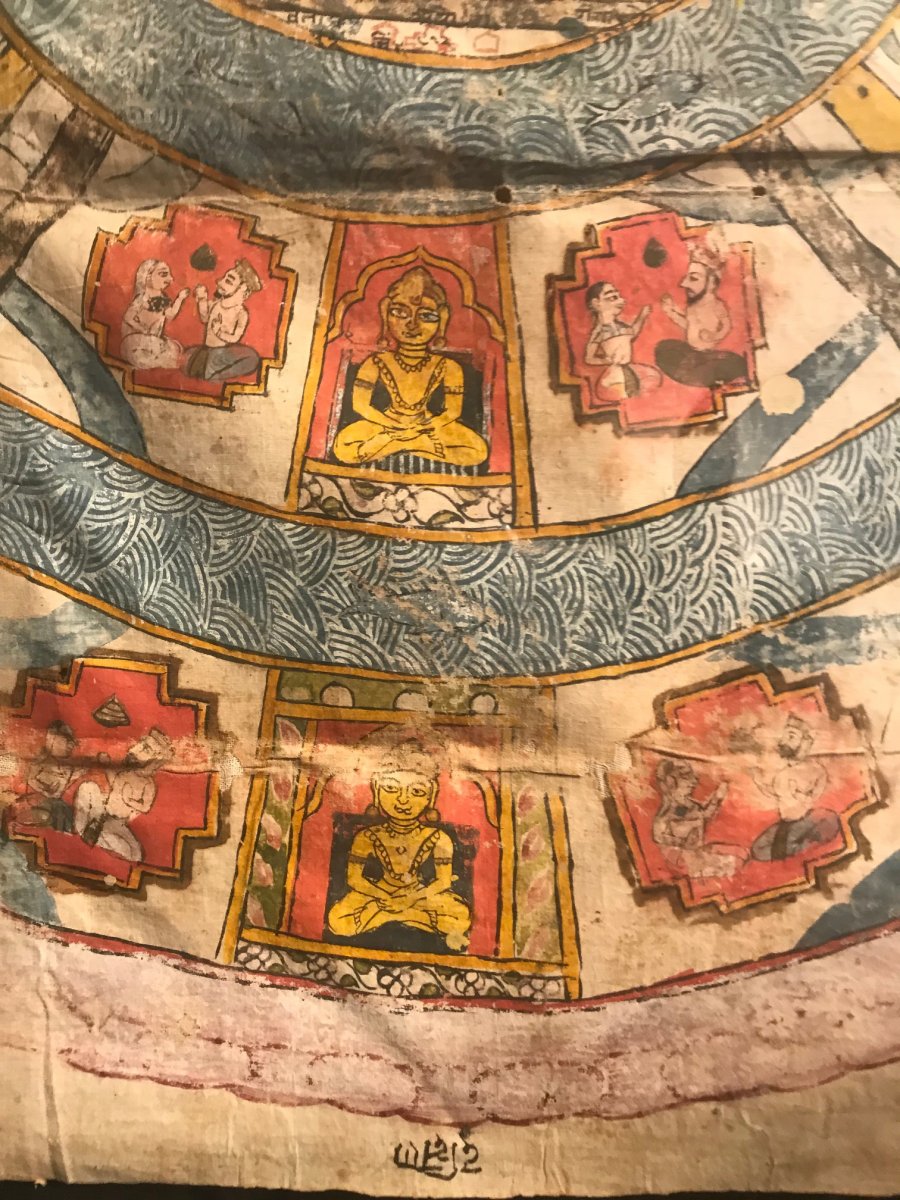



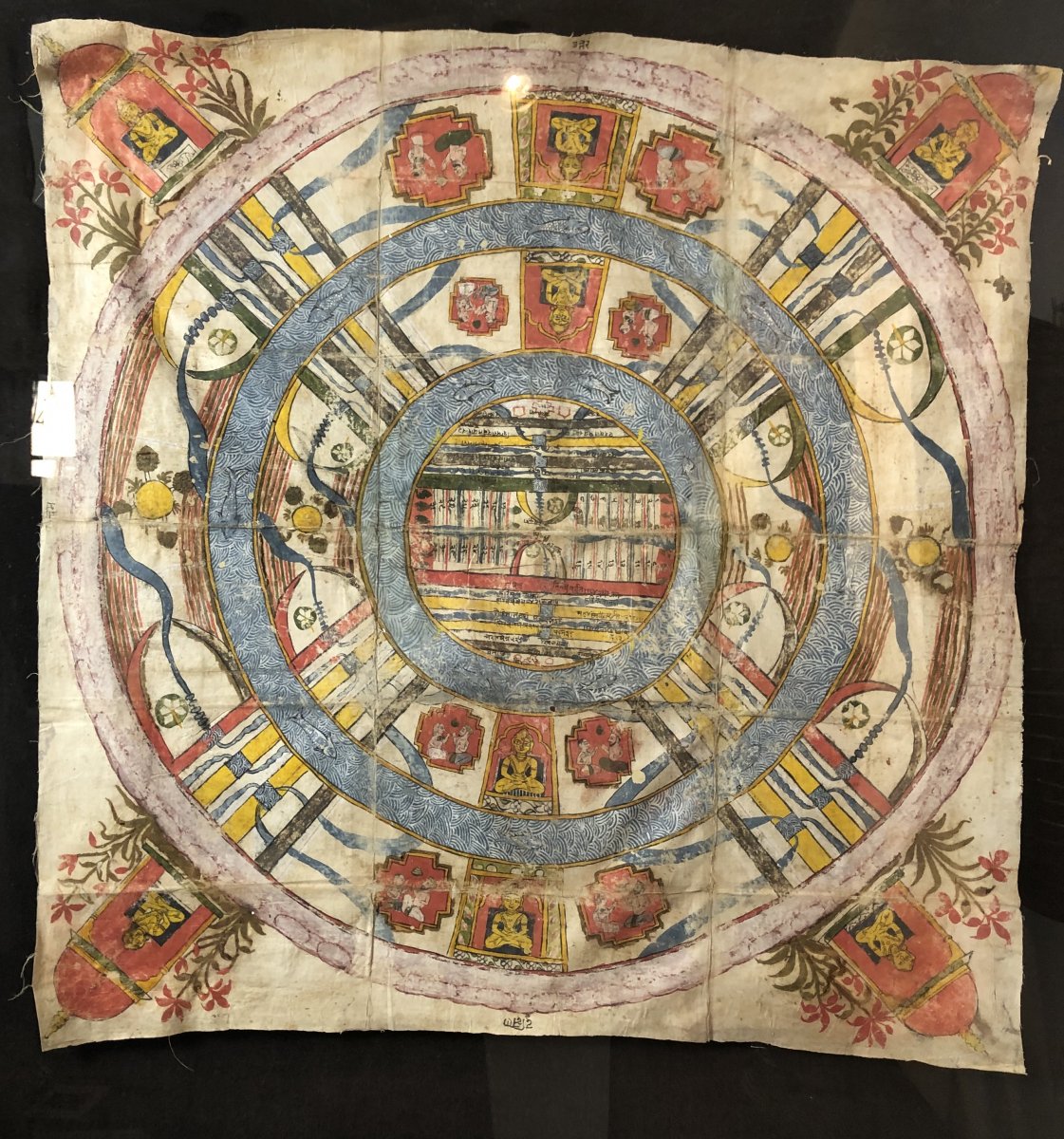
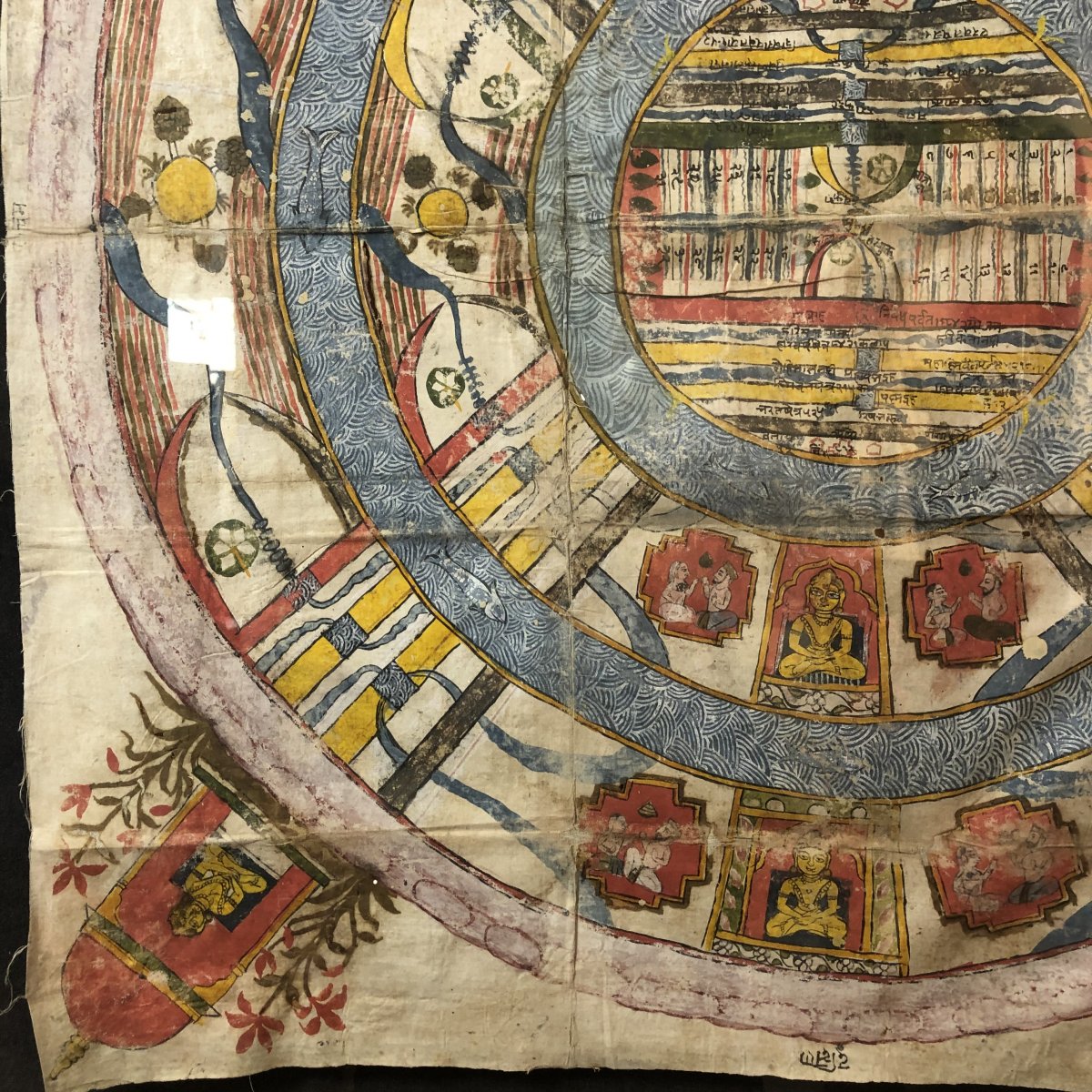
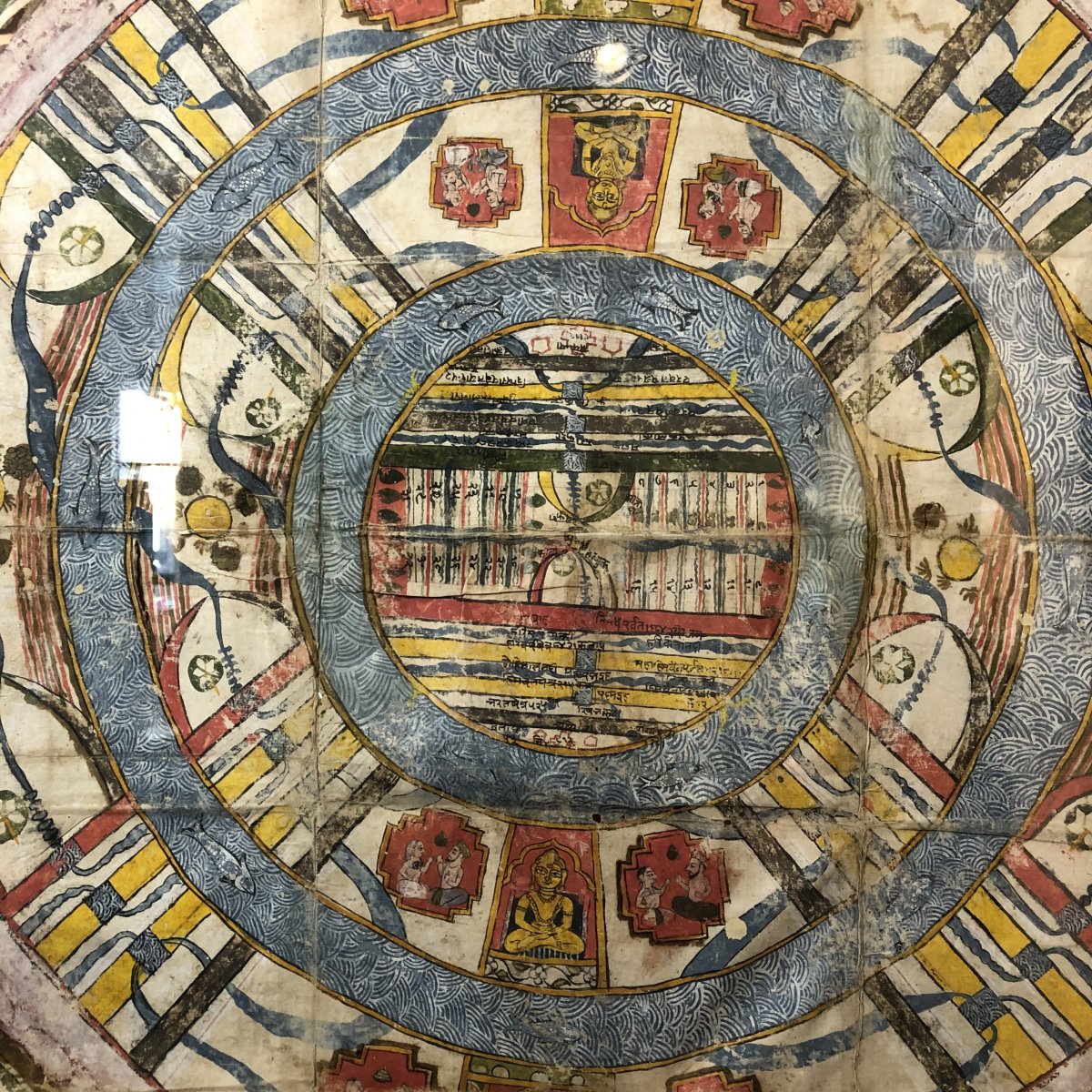





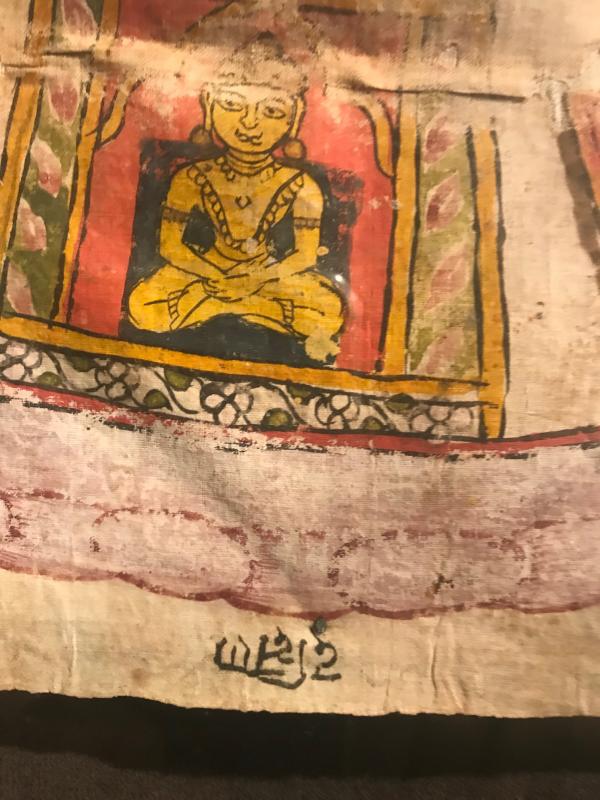

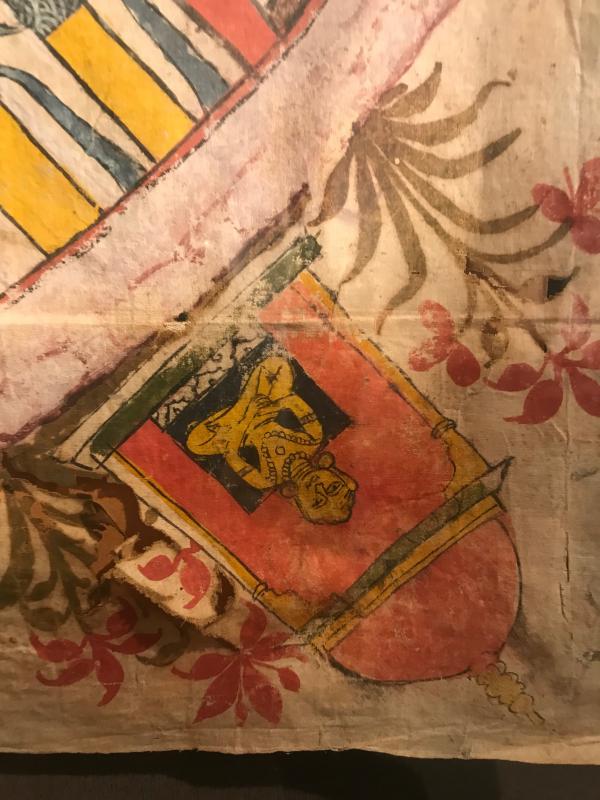



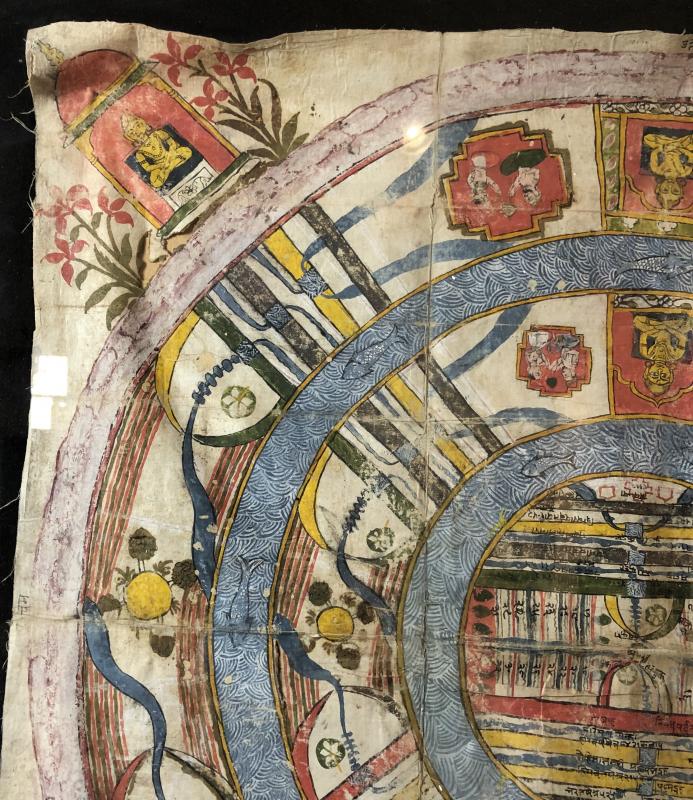
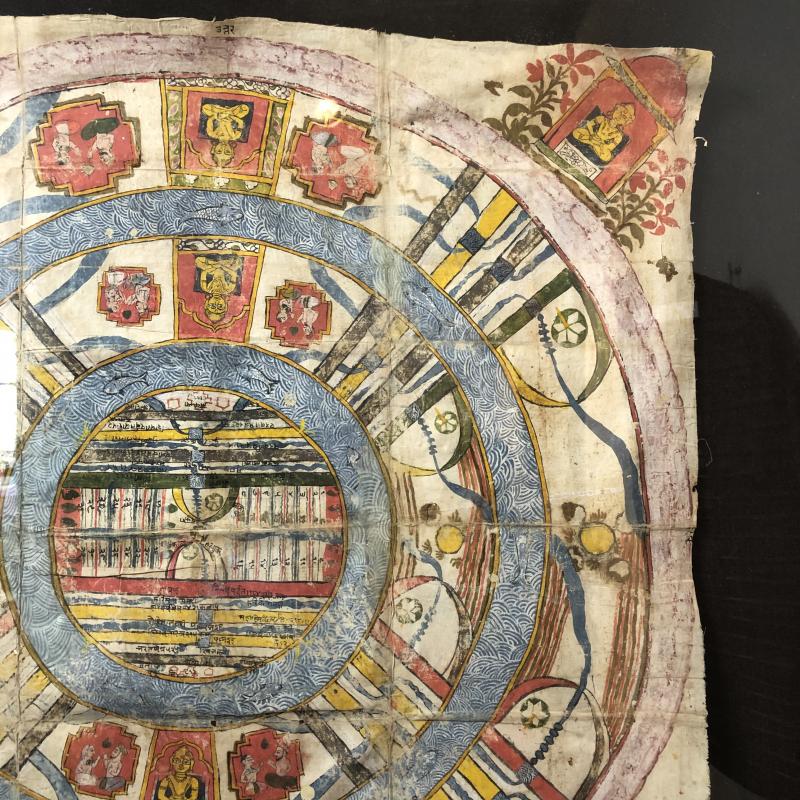

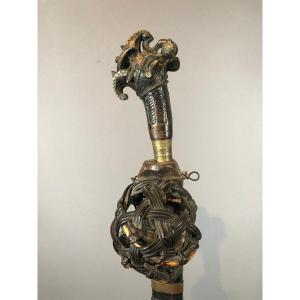





















 Le Magazine de PROANTIC
Le Magazine de PROANTIC TRÉSORS Magazine
TRÉSORS Magazine Rivista Artiquariato
Rivista Artiquariato